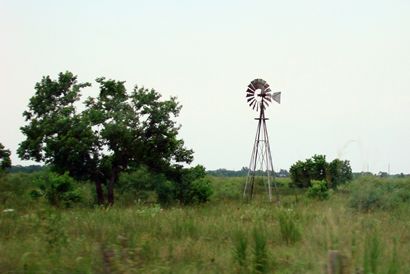The best place to start when it comes to managing habitat required by wildlife is the most neglected part of a property. Old, fallow crop fields and abandoned pastures found on private properties across the US can provide quality habitat for native wildlife. This is because wildlife love low succession plant species that provide an abundance of cover and forage. When managing for wildlife, however, it’s important to realize that what looks good to most humans and what looks good to wildlife are two completely different things.
Numerous species of wildlife are dependent upon the earlier stages of plant succession. Examples are bob white quail, rabbits and a variety of songbirds. In the absence of fire, periodic soil disturbance is needed to prevent an old field from growing into a woodland. Disking and prescribed fire will help start the process of plant succession all over again making the area more productive for wildlife.
Fallow fields can be maintained in a productive condition through a variety of management practices. If the area was pastureland there is a good chance that exotic, sod-forming grasses compromise the bulk of the plants found there. Wildlife prefer the cover and seeds produced by native bunchgrasses, so dense stands of exotic grasses should be controlled. Native grass will promote improved foraging and movement at ground level.
It’s a good idea to disturb vegetation and/or the ground during late winter or very early spring. A great habitat management practice is to disk strips through a field on the contour to expose 70 to 80 percent of the soil within the strip. This action will allow weeds to grow and will increase plant diversity within the strip over the next few years. These disked areas can also be enhanced further by seeding at a rate of 5 pounds of Kobe or Korean lespedeza per acre or other seed mix to create an improved forage plot.
Although the idea of burning the landscape seems like a no-no to many landowners, it’s actually a great management practice for managing wildlife habitat. Burn a portion of the areas between the disked strips on an annual basis for maximum diversity. Burning sets back the plant community and stimulates the production of seeds and insects that are important to quail chicks and songbirds. Burn at 3-5 year intervals and at different times of the year.
Disturbance of an area through management is good, but it’s not a good idea to disturb an entire property at one time. Wild animals always need a place that provides food and cover, so make sure there is always something available to them. A good rule of thumb is to disk or burn about 1/3 of the old field each year. Both disking and burning can be used to prevent an area from reverting to forest, although it would be a good idea from a diversity standpoint to let some of the area grow into a shrubland or woodland.
Idle areas and fallow fields on private lands can be managed for wildlife habitat with a little work and planning. Plants and animals will respond readily to wildlife management practices that increase plant diversity. Increased wildlife numbers are a response to better seed production as well as more complex structure due to a variety of plants on a landscape.
